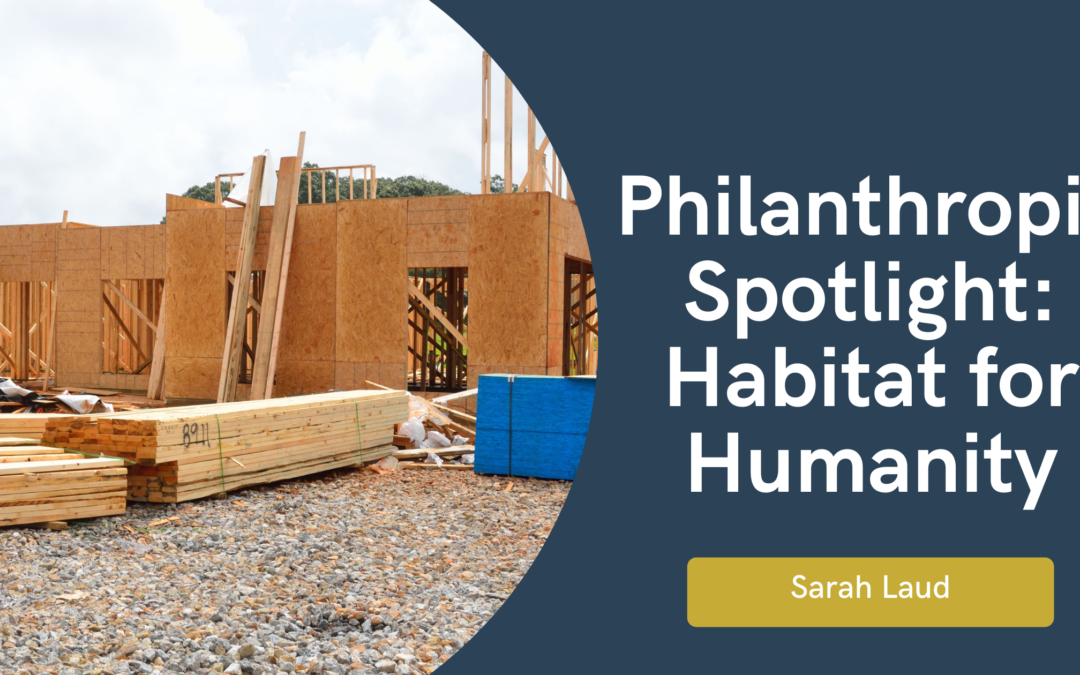Habitat for Humanity Has Built More than 200,000 Low-Cost Homes Since 1976. In the 1960s, a Georgia couple named Beau and Emma lived in an unpainted, uninsulated shack with no indoor plumbing or electricity. Some folks who lived in a nearby religious-oriented community, Koinonia Farm, developed a concept called “partnership housing.” They wanted to build Beau and Emma a new home.
The idea was for local people to supply the free “sweat equity” to build the home. Money for materials was obtained by fundraising, and the house would be built for no profit. The buyer would get a no-interest loan and then make low, affordable payments. That money from payments would be ploughed back into the fund so that more homes could be built.
Beau and Emma moved from their crude shack into a concrete block house with a modern kitchen, central heating and an indoor bathroom. The project worked so well that more homes for local poor people were built. The Koinonia group then took their concept to Zaire, Africa, and developed it further. They returned to the U.S. in 1973. Shortly after that, the concept of Habitat for Humanity was fully developed. The first home under this new nonprofit organization was constructed in 1976.
Since then, Habitat for Humanity has become among the most recognized philanthropic organization in America. It has also gained global recognition. In 2005, just a year shy of its 30th anniversary, Habitat for Humanity volunteers raised the group’s 200,000th home walls.
Much is owed to former President Jimmy Carter who became deeply involved in working with Habitat for Humanity. Carter and his wife, Rosalynn, are frequently seen in media reports doing basic hands-on carpentry as they help construct new dwellings even though they are well into the 90s.
Today, Habitat for Humanity is present in 1,400 communities across the United States. It builds homes in 70 other nations as well.
The advantages of obtaining a low-cost home have proven to be remarkable for those who have received them. For example, children raised in a Habitat home are twice as likely to go to college and successfully graduate. In Canada, studies showed that Habitat homeowners enjoy an average 5.2% increase in income. Families also experience less strife, domestic violence and emotional problems among children.

